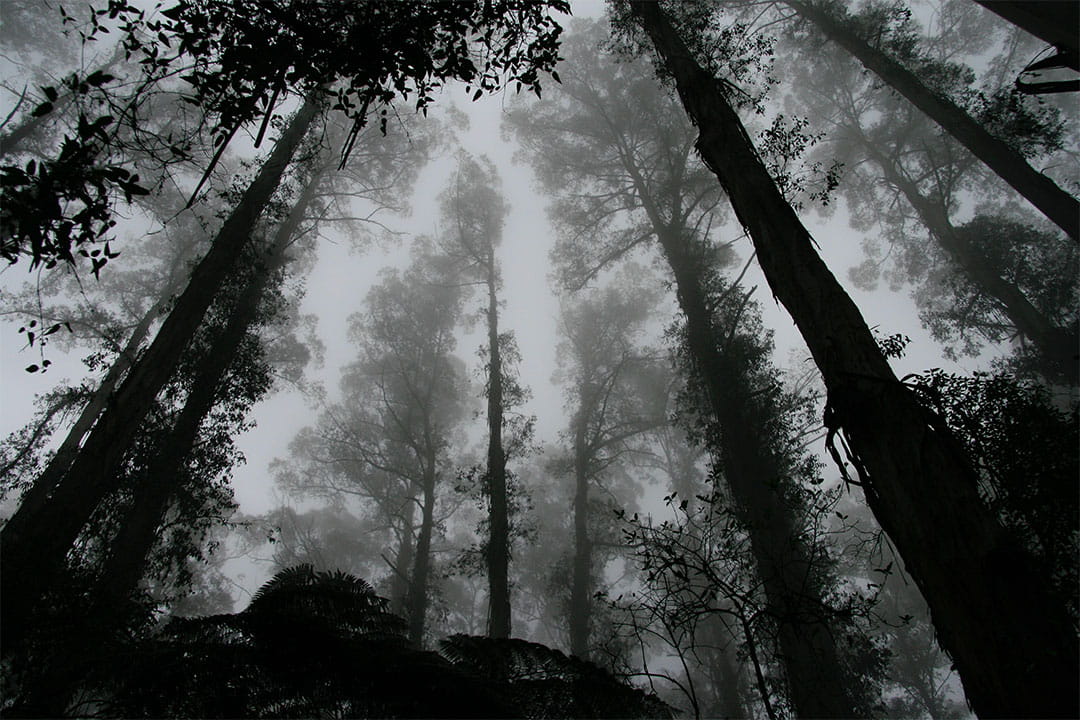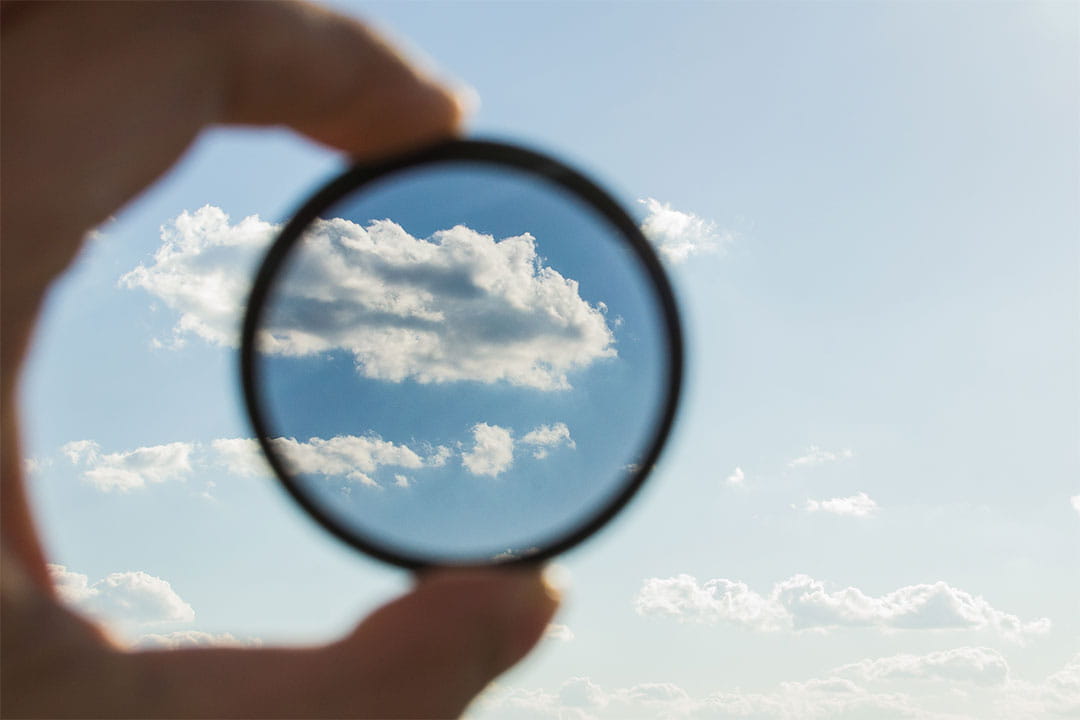Types of camera filters and when to use them
A beginner’s guide to camera lens filters and how to use them
Most photographers use filters to protect their lenses from dust, thumbprints, and scratches, but the real benefit of using filters is their ability to improve image quality and achieve effects editing software can’t. Whether you are an amateur photographer or a professional, there are always new ways to improve your images. This blog post will be looking at different photography filters and how to use them.
Fractal filters
Fractal filters always come in a set of three, and each filter has its own unique properties. They are made of glass and are very useful in photography and videography. They utilise refraction, bending of light, to create exceptional images with stunning blur and prism-like effects such as:
Double exposure
Fractal filters create an illusion of double exposure. You will have an image of the background and the image refracted through the filter.
Kaleidoscope
These filters allow you to create lots of repeating images in the same photo through refraction. You can use this effect for portraits or landscape photography.
Rainbow image
cause rainbows to form around your image. The section of the image with the rainbow is often distorted, and therefore, it acts as a frame for the clearer, sharper parts of your photo.
Fractal filters have a thin profile ring of 7mm, which helps reduce the probability of vignetting or visual obstruction for wide-angle shots. For optimal performance, use a focal length of 40mm or longer and a wide aperture of f/5.6 or wider.
Infrared filters

You can use infrared lenses to produce intense B&W shots.
Infrared photography involves capturing light and colour beyond what the naked human eye can see to produce surreal images in black and white. However, this type of photography is a bit difficult to do because most digital cameras have an infrared blocker that prevents infrared light from getting to the sensor. Removing this sensor is an expensive and tricky process, which is why infrared filters are recommended.
As with all filters, infrared filters come in a round or square shape. The square is easy to use, but it risks leaking light and must therefore be used with a dedicated holder. The circular filters have to be screwed on, but they significantly reduce the risk of a leak. If you use a circular filter, ensure that you get the right size for your lens. When using these filters, your shutter speed must be slower to give the camera enough time to gather enough light. You will also need a tripod when taking your shots.
Polarising filter

Use polarising filters to enhance the saturation of deep colours.
Polarising filters are a must-have for landscape photographers. When placed in front of a camera lens, they darken skies, suppress glares from water bodies, increase the saturation of foliage, and manage reflections creating vibrant images. There are two main types of polarising filters: linear and circular filters. They have the same effects photographically but are a bit different when it comes to metering and auto-focus sensors.
Linear polarisers
Linear polarising filters have a single polarising layer and can cause mirrors on SLR and DSLR cameras to cross-polarise. Therefore, they should not be used on DSLR cameras because they can cause metering problems.
Circular polarisers
Circular polarisers are basically linear polarisers with a second glass attachment at the back. They are perfect for DSLR cameras.




